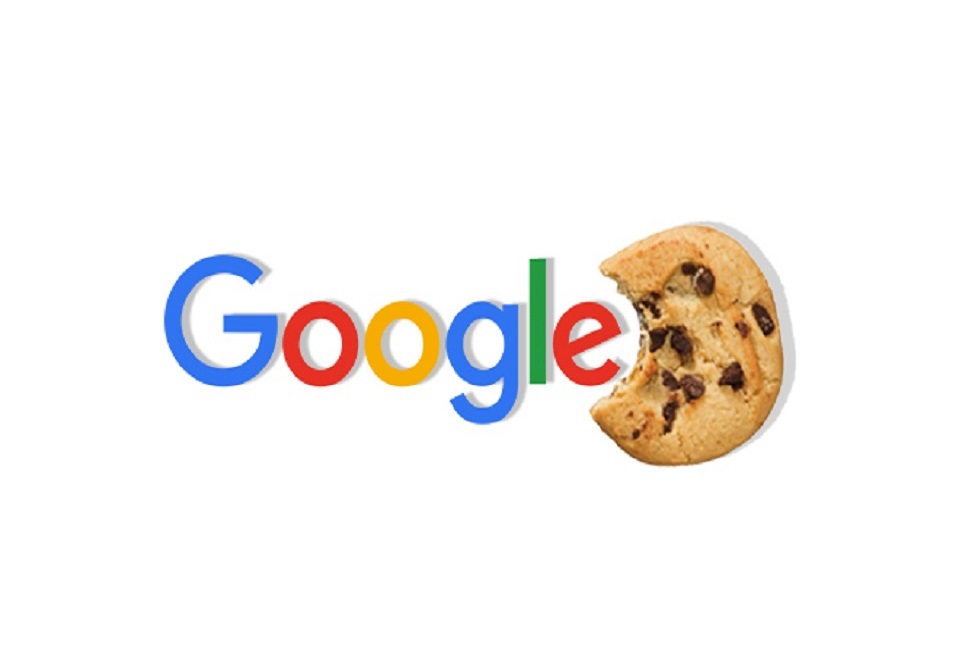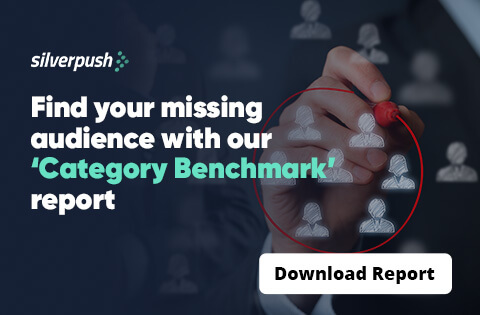Why Demise of Third-Party Cookies Can Make Marketing Great Again | 05 Mar, 2020

As privacy becomes a high priority for world’s biggest advertising platforms, it’s time next gen AI powered contextual targeting solutions pave the way.
Google is finally blocking third-party cookies in its Chrome web browser. Though this will be a gradual phase out, the process has already begun — Google Chrome is to limit cross-site tracking by default starting February 2020, planned with the release of Chrome 80.
This move is not a complete surprise, given the privacy controls and the new anti-fingerprinting technology Google announced for Chrome in May 2019[1]. This also forms part of Chrome’s Privacy Sandbox initiative launched in August 2019[2], where it invited the industry to co-create new open web standards that advance privacy while continuing to support the free internet.
Some could call this a response to competitive pressure, or more importantly a step to meet user demand for higher privacy. Others debate that this is a calculated move that gives Google a great privacy story line, and at the same time further strengthens its hold in the digital ads industry with the access to all first-party data. Third-party advertisers will now need to get on Google’s ad network to receive the data that will help them target the right users.
But the fact remains that demise of third-party cookies is now real with a defined timeline. And it’s not necessarily bad.
What wasn’t great about third party cookies to begin with
1. Cookie matching, used for syncing cookies to identify a unique user, isn’t perfect. When a cookie from one site is not passed to an advertising platform (which happens in 40 to 60% cases), a part of the puzzle to create an appropriate match is missed.
2. Cookies only enable limited ‘matching’ capabilities, and doesn’t unify the massive amount of data that needs to be synced across the advertising ecosystem for earnest personalized experiences.
3. Cookies are device-based, so when someone goes from desktop to mobile or switches browsers, the consumer journey remains incomplete. A 2018 study[1] found that when multiple device identifiers are connected to a single person, unique reach is 50% less than measured by only cookie-based or device-based identifiers. Meaning, only 50% of the unique audience assumed to be reached is real.
4. Because there are far fewer people seeing your ads, people who were getting the ads are actually seeing far more of them. Meaning, your target audience is getting about 2x the number of intended ads.
5. Also, a majority of tracking cookies are already rejected by browsers anyway. Over 66% of mobile devices don’t accept cookies[3] leading to marketers already missing out on a very important audience segment, mobile users. Leading advertisers to wasteful ad spend by targeting unnecessary impressions.
6. Moreover, cookies place over-reliance on the bottom funnel, with ad placements that cannot effectively convey the brand’s message in cluttered environments.
How Marketers can benefit from a cookie-less digital world
Cookies rely on immediate short-term performance, leveraging ever-decreasing pools of audiences. Marketers will now have to return to people-based marketing, recognizing their audience as people and not cookie pools.
Context-based media buying will emerge to fill this gap, seeking out environments where the target audiences congregate. Marketers will be able to leverage quality, first-party data rather than paying for suspect third-party data of questionable origin and effectiveness.
However, there is a generation of marketers that will still be habitually looking for last-click performance. Google is still giving out hope to this segment. Google’s outlined Privacy Sandbox could still offer users tracking models, with greater privacy of course. And, then there will be alternative solutions as other stakeholders in the ecosystem join forces to find a way to deliver targeted ad experiences across sites in a cookie-less environment. There is every reason to believe that targeting and attribution will still be possible, but the mechanisms will need to radically change.
What are the options as of now?
A cookie less future is not as bleak as it sounds. Marketers already have options available, some of these include panel-based attribution, universal IDs and contextual advertising.
Panel-based attribution
It gives a picture of online behavior of users over long periods of time. It allows advertisers to effectively map demographics and segments, understand user behavior and find users with similarities to customers. The panel-based attribution faces some fundamental challenges such as difficulty in working at a viable level, difficulty in extrapolating large and dispersed audiences, and problems with data efficacy.
Universal ID
This involves identification of users based on deterministic matching. This is in contrast to probabilistic matching approach used by cookies. But this will require collaboration between the vendors along with the development of standards.
Contextual Targeting
Contextual advertising allows advertisers to place ads based on-page contextual triggers, rather than affinities and past browsing behavior. This method displays only those ads that are relevant to the content, and hence, increases engagement by capitalizing on the user’s current state of mind. For example, if a brand wants to sell its kitchen mixer, then it can have its ads placed on websites that have content about kitchen mixers, kitchen appliances, recipes, food items that involves use of mixers etc.
In the post-cookie world, contextual advertising will be the most viable advertising strategy. Not only does it significantly increase user engagement, but also bypasses use of personal data and user privacy breach.
AI and computer vision is powering the next gen contextual targeting
Traditionally contextual advertising has been built around natural language processing (NLP), placing ads by detecting text-based contexts. This is how Google banner ads also work. But NLP is not a perfect science, considering complex nature of human language, where words can convey different meanings and intentions — difficult for a machine to understand.
Emerging AI and computer vision powered tech now offers immense contextual possibilities, which are much more relevant. Contextual in-image and in-video advertising involves displaying ads for a page or video in-line with the content the user is actively engaging with. For example, in a streaming video, the tech can recognize a scene (i.e. someone holding a pair of Nike shoes, or a brand logo) and a relevant ad can appear alongside it.
Computer vision powered context detection completely transcends use of cookies and or any personal data. Making contextual targeting future ready, even on platforms like Facebook and YouTube— as these platforms come as much in the purview of data infringement as the third-party cookies today do. And will most likely move to privacy enabled advertising models in the future.
Sources and references
[1] Source: https://techcrunch.com/2019/08/22/google-proposes-new-privacy-and-anti-fingerprinting-controls-for-the-web/
[2] Source: https://www.blog.google/products/chrome/building-a-more-private-web/
[3] Source: https://www.martechadvisor.com/articles/ads/new-study-uncovers-cookie-and-devicebased-measurement-flaws/
[4] Source: https://www.campaignlive.co.uk/article/marketers-predict-death-cookie-based-advertising-2018/1422973

BLOGS
Super Bowl Advertising: A Month-Long, Multi-Screen Event for Brands
For Americans, there are two events that they hyped for a whole year - Football season, and waiting for football season. Football remains highly popular among Americans, with searches for "NFL Draft" and viewership numbers showing an unwavering interest in the sport. According to Google Search data, football is more ...

BLOGS
Advertising in the Age of Climate Change: The Adoption of Carbon Emission Metrics
The urgency of the climate crisis is increasing, and the media industry is no exception. While some professionals are working to reduce their direct operational emissions, there is an urgent need for common standards to be set for indirect emissions that come from digital advertising. The digital advertising industry is becoming ...

BLOGS
Complete Guide to Reaching Audience with Cookieless Advertising
What’s your alternative game plan for effective cookieless advertising? Haven't thought about it yet? The time is now! Introduction The complete year of 2022 was dedicated to cookies! Panic is setting in amongst marketers owing to mounting privacy laws and the ban on cookies, causing them to re-evaluate their strategies.







